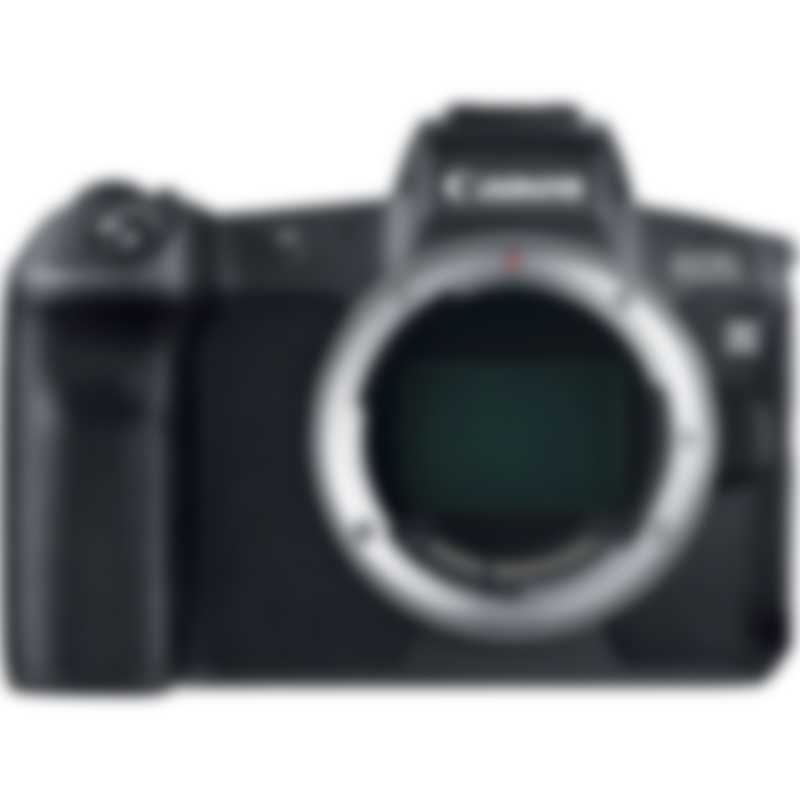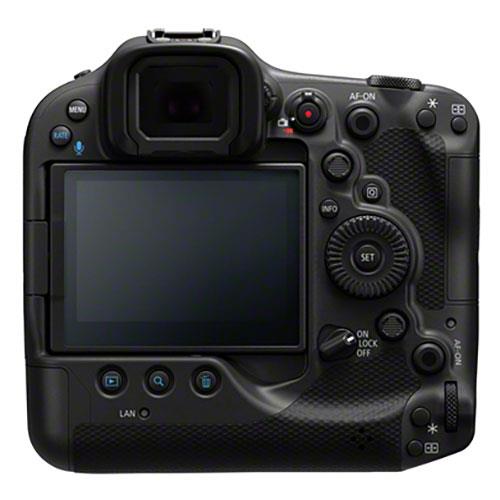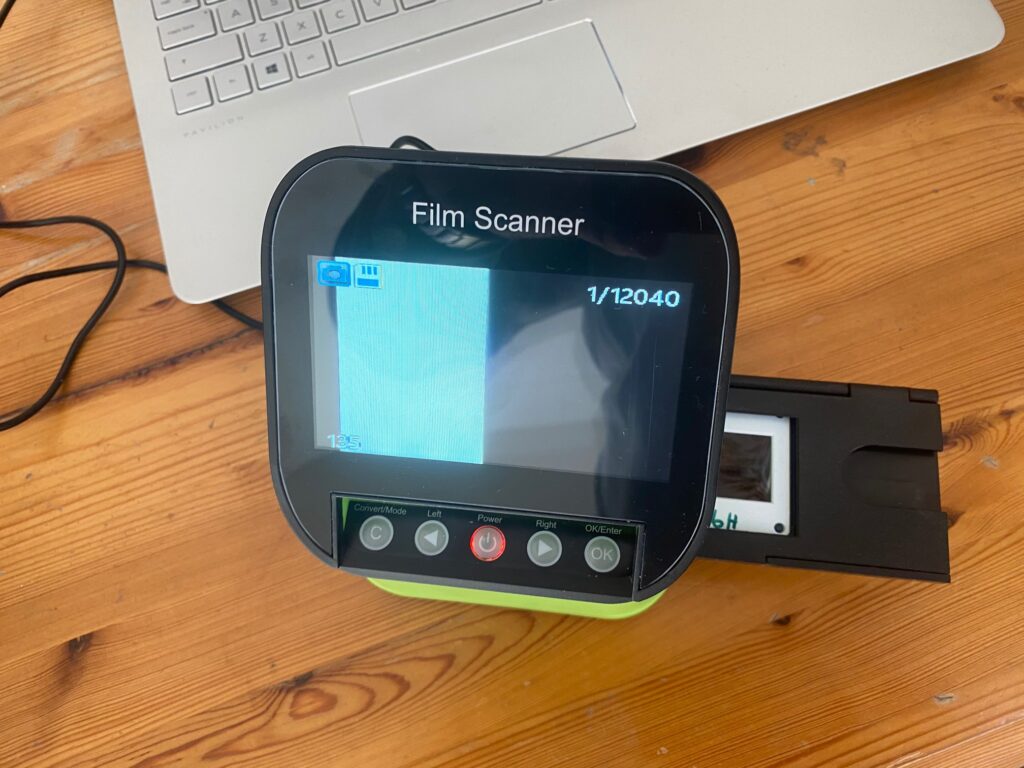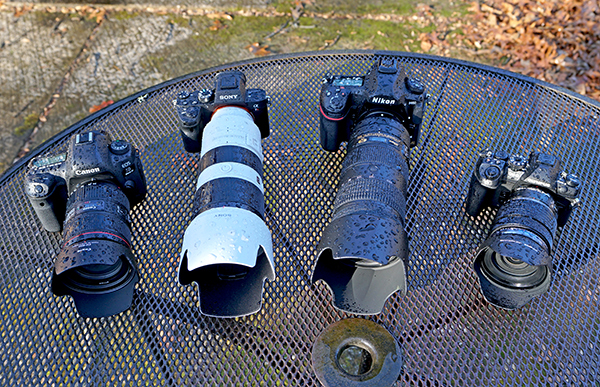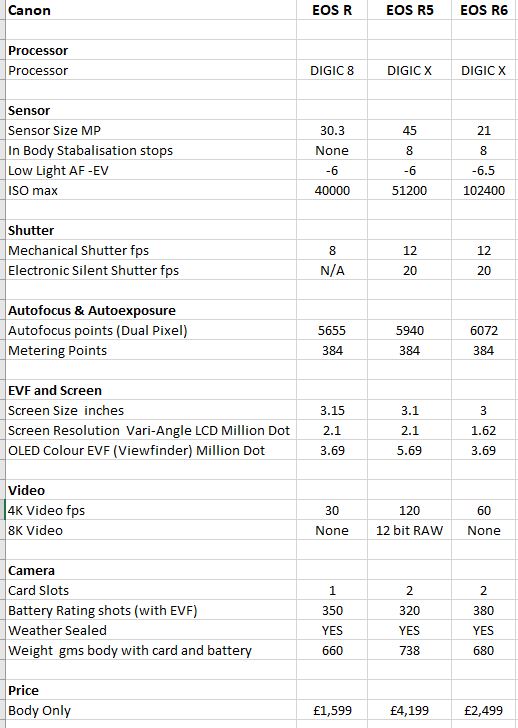
Which is the best camera for street photography 2022?
I have been using my mirrorless Canon EOS R with a 35mm lens for street photography for a couple of years. It is quite discreet and certainly smaller than most DSLRs. However, I want a camera that is even less intrusive to document this phase in our lives of lockdowns and pandemics.
These notes document my personal search for the best street camera available now. Hopefully, they will be of value to other street photographers
What Type of Camera for Street Photography 2022
To start I am dismissing DSLR’s because they are too big and bulky. They also make you look like a professional photographer. Those people who notice you wonder if you are from the press, or maybe you are someone in authority. You are not going to fade into the background with a camera and lens that is worth thousands of pounds.
I don’t want a big camera but I don’t want a very small camera. So small that the settings are fiddly to find. Again this just draws attention to yourself.
There is a lot of discussion as to whether a telephoto lens works in street photography. My view would be definitely not. If you are using a long lens to photograph people in an urban setting you are a sniper not a street photographer.
Furthermore, a telephoto means that it takes longer to compose the shot and then it’s gone. Much better to use a wide angle lens and then crop during post. That means a big sensor! It also means preferably a full frame sensor to take advantage of the increased dynamic range required to draw out detail especially in low light.
A tilting LCD screen is also useful, but preferably it is handy to learn how to shoot without looking through the viewfinder or down at the screen. Another reason for cropping in post.
Wide angle lenses also add so much more emotion and drama as shown in the image above. This picture was taken during the Covid lockdown in the UK, close up with a 35mm lens.
Phone cameras are ideal for street work, but the small 12MP sensor restricts how the image can be cropped. I also want the control of RAW. Especially when converting an image to monochrome.
Conclusion
The camera should be small and unobtrusive but not too small. It should have a big full frame sensor and a fixed prime 35 or 28mm lens.
Which Cameras Are in the Frame for Street Photography
It is surprising that there are only three cameras
Leica Q2
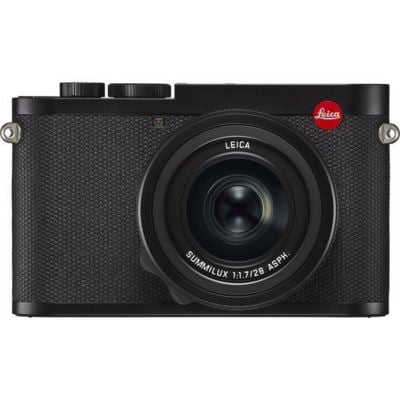
Obviously, Leica is in the frame. It has been the street camera of choice since Cartier Bresson and is the camera chosen by the master street photographer Joel Meyerowitz
The Leica Q2 is a compact camera with a fixed 28mm lens and a whopping 47.3 MP full-frame sensor. The full spec’ is here.
In a review, the DPReview gave the camera a gold award.
The Leica Q2 is nearly as competent as a fixed-lens digital camera can be. It’s built very well, it handles very well, it’s capable of excellent image quality and it’s a joy to use. We wish Leica would address the lackluster JPEGs, but the Raw files are excellent. It all comes at a price, of course, but the Q2 really is a wonderfully engaging photographic tool that will appeal to photographers of all kinds.
DPReview
However, the Leica Q is priced at an amount that I just could not justify: £4500 / $5695. I also feel that I would be being a tiny bit showy offy, buying a camera with that red dot.
Fujifilm X100V

The Fujifilm X100V is a real contender for Best Camera for Street Photography. If you hold the camera in your hands it just has the feel of real quality.
It is quite heavy. All the vintage looking dials are sturdy and beautifully machined. The grip is sure and secure without being oversized, and you feel that you could easily spend several hours walking the streets with this camera.
This is the spec’ for the Fujifilm X100V:
26.1 МР Ѕеnѕоr
Х-Тrаnѕ СМОЅ APS-C sensor
Fіхеd 23mm lеnѕ (35mm еquіvаlеnt)
Аdvаnсеd Нуbrіd Vіеwfіndеr (ОVF & ЕVF)
Тwо-wау 3″ tіltіng LСD tоuсh ѕсrееn
Vеrѕаtіlе аnd соmрасt
17 Сlаѕѕіс Fuјіfіlm fіlm ѕіmulаtіоn mоdеѕ
Вluеtооth аnd Wі-Fі соnnесtіvіtу
Price: £1299 / $1399
DPReview also award this camera gold.
The X100V is an engaging, well-built camera that produces beautiful images, has best-in-class video, excellent autofocus and optional weather-sealing. Meaningful updates like a tilting touchscreen, updated viewfinder and redesigned lens have us largely looking past its imperfections. Assuming you like the 35mm-equivalent focal length, it makes a strong case as a photographer’s carry-everywhere compact that’s good for all kinds of photography.
DPReview
The APS-C sensor does not fit the ideal profile, but reviewers assure us of beautiful RAW images
This may be unfair but there are still doubts about whether Fujifilm RAW files can be processed successfully in Lightroom and Photoshop. I have come up against this problem before albeit on older Fujifilm cameras.
Fujifilm camera owners recommend that RAW files are processed in Capture 1 but you may not want to change your workflow.
Ricoh GRIII

This camera has cult status. It is small, it does not have a viewfinder, but it has a zen like quality and is built for street photography. There is even a street photography version of the camera.
There is a front rubberised grip and the magnesium body feels sturdy and purposeful. The matt black look is very discreet.
There is autofocus but to make focussing even more instant for street photographers there is a version of zone focusing. This allows you to pre-set a focusing distance to which the camera automatically ‘snaps’ at a full shutter button press. It can also be set up to work at the touch of the rear screen.
Recently Ricoh have launched the GRIIIx which has a 40mm lens. This is better for street portraits whilst the 28mm remains better for urban scenes
This is the spec for the Ricoh GRIII
- 8.3mm f2.8 lеnѕ (28mm іn thе 35mm fоrmаt)
- APS-C 24.24 МP Ѕеnѕоr
- Ніgh-ѕрееd аutоfосuѕ ореrаtіоn uѕіng а hуbrіd АF ѕуѕtеm
- 3-Ахіѕ shаkе rеduсtіоn sуѕtеm
- Соmрасt аnd ruggеd dеѕіgn. Ѕuреrb іmаgе quаlіtу аnd роrtаbіlіtу
- Fast ѕtаrt-uр tіmе оf аррrох. 0.8 ѕесѕ
- 3.0″ LСD mоnіtоr wіth quick tоuсh-ѕсrееn ореrаtіоn
- Price £799 / $936
DPReview gave this camera a silver award.
If you shoot street, documentary, or just want a genuinely pocketable travel camera with excellent image quality, and if you can afford the admission price, just buy one!
Fred Abery Petapixel
The downsides are no viewfinder, no flippy screen and the battery life is only around 200 shots.
However, it is the minimal aesthetic and the quality of the images that make this camera so special. Special enough to have a fanatical following including the renown Japanese photographer Daido Moriyama and German freelance photographer Samuel Lintaro Hopf, who has used Ricoh since 2013.
Then there are the GRists. Go over to their community webpage and suck up the vibes, and dont tell me you dont want one.
The Best Street Camera for 2022
So where does that leave us with fixed lens compact cameras which are so right for street photography?
Well, for most camera makers their attention is elsewhere, concentrating on mirrorless cameras. Compact cameras have largely been replaced by mobile phones. The compact cameras that remain are aimed at the travel market with catch-all mega zoom lenses.
So well done to Leica, Fujifilm and Ricoh who have stuck with the tradition of the street camera. This stretches back to the 1930s and Brassai, Cartier-Bresson, and Helen Levitt and now thanks to them, proudly continues into 2022.
